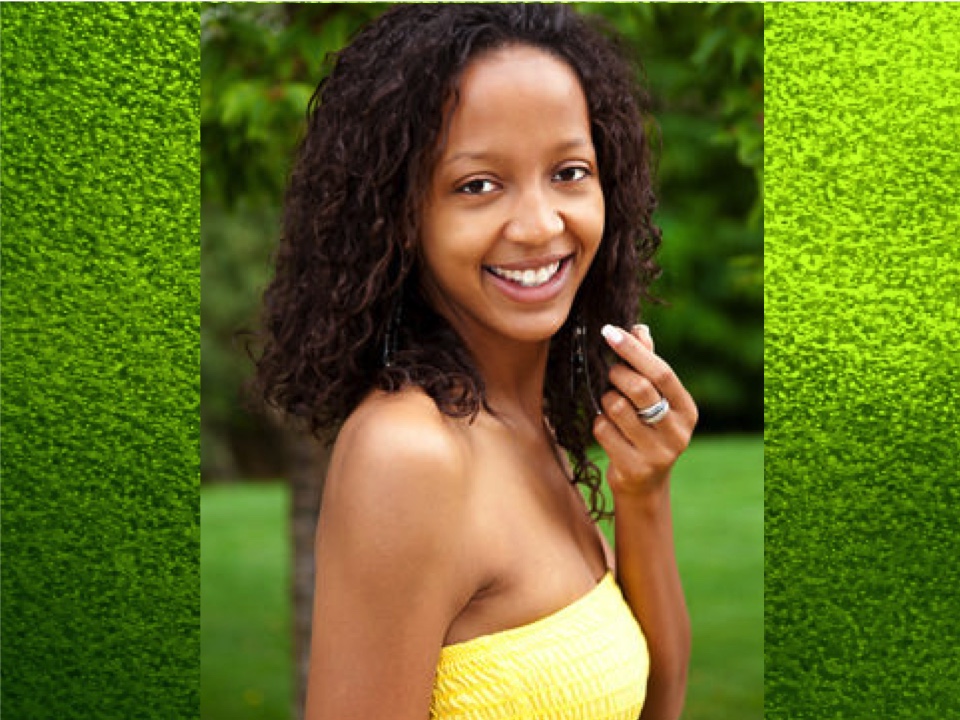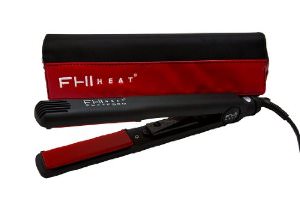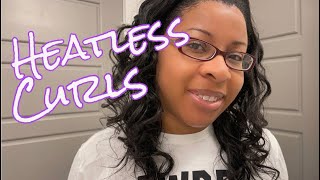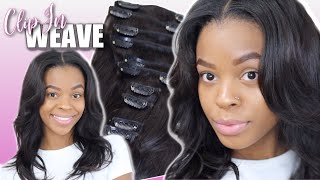5 Important Things I’ve Learned About Caring For Texlaxed Hair
 I’m a sucker for a good challenge/project to throw myself into. Freshmen year I wanted to master healthy relaxed hair. Last year I became a health nut/fitness guru. More recently, I started my transition to texlaxed hair.
I’m a sucker for a good challenge/project to throw myself into. Freshmen year I wanted to master healthy relaxed hair. Last year I became a health nut/fitness guru. More recently, I started my transition to texlaxed hair.
There is an unexplainable joy in finding a new topic to engross yourself in and master. At the same time, change is always scary because you don’t know what to expect.
Once you’ve established a routine it is easy to become dependent on it, especially in hair care. When that happens, a type of separation anxiety and perhaps even panic sets in when it comes time to tweak or totally change what you’ve become accustomed to.
The cold hard truth, is that once you’ve gotten your hair routine down it is almost always time to change it, because as your hair gets healthier it needs different things.
Knowing this to be true kind of prepared me for the transition to being texlaxed because I realized that although I already had a routine going for myself while I was getting my frequent relaxers, it would have to change sometime.This new routine would come with a slew of new lessons.
As expected the transition to being texlaxed has taught me a lot. Here are the top five lessons learned:
1. You are two steps away from natural
Perhaps I was lost in the excitement of thicker more luscious hair and I skipped over this part in my research, but the lack of bone straight hair definitely lends itself to a more natural experience.
I hadn’t realized that this would be an issue until this summer when I discovered that the heat meant my straight hair only stayed straight for half of the time and then would revert to curly. Heat and humidity play a vital role in reversion. Needless to say braid outs and twists have become my new best friends.
2. Thicker hair means more work on wash day
Confession: I hate wash day because it takes so long to do it right. Washing in sections, multiple trips to the shower, sitting under the dryer and then styling is enough work to send anyone into exhaustion.
Plus, you have to move steadily and gently during the process by washing and styling in sections. I used to cheat because my hair was thinner, but now with these thicker strands from texlaxing (and the different textures I’m managing) there are more chances for tangles, so that means no shortcuts. Even though it’s harder and more work, the payoff is worth it.
 3. There’s no such thing as perfect hair
3. There’s no such thing as perfect hair
I learned this over the summer when my hair was reverting in the heat. One of the beautiful things about my hair journey has been getting to know my hair and part of that has been liberating since it has allowed me to free myself from some unrealistic goals.
For me, this was a lesson in embracing and working with what I already have. The second part to this is that the results that I wanted required more heat than my hair would tolerate. So, in the spirit of healthy hair I had to learn to take advantage of the versatility my texlaxed tresses could offer.
4. Protein is your friend.
The very first time I used a protein treatment I thought I would go bald from all the hair I lost. I used two raw eggs and didn’t know that:
a) That is one of the heaviest, most pure forms of protein you can use and
b) Treatments like that should always be paired with serious moisture based deep conditioning* afterwards to restore balance.
I barely had to touch my hair under the shower for it to break off…and then I ran a comb through it. My hair came out in clumps and my spirit went down the drain with it. Plus, it was still early enough in my journey that I just thought my hair didn’t like protein and vowed to never use it again.
Fast forward to being texlaxed. This time my hair was breaking and I was religiously deep conditioning*. I had read that this could happen if the moisture-protein balance wasn’t maintained and so I decided that maybe I’d try protein again.
I started with a light protein treatment followed by a DC and voila!…the solution to my breakage problems. The lesson here? Sometimes a little bit of protein is just the right thing you need to strengthen weakened hair, and claiming protein sensitivity when you are not absolutely sure may not be doing your hair any favors.
5. Pay attention to what your hair is asking for
When I had my setback with protein I had to learn to pay attention to the balance my hair needed; enough protein, enough moisture and the right frequency. What I know now that I didn’t know then, is that my hair didn’t need that much protein.
If I had listened to it I could have avoided a setback. The same thing applies to every other aspect of hair care; when to trim your ends, when it’s time for a touch up, when your scalp needs some TLC in the form of natural oils* it’s the same principle that should be observed.
Once you master what and how you need to take care of your hair, you have to master the when.
It can be a little frustrating trying to manage different textures especially if you have never had any issues with your hair prior to your transitional period. It is good to ensure that you have a clear goal in mind that you can use as motivation to constantly remind yourself why you must stick to it.
The sooner you learn these five lessons, the more comfortable you will become when caring for your texlaxed hair. Sure it may take some getting used to, but with a little patience and the desire to learn, you will do just fine.




